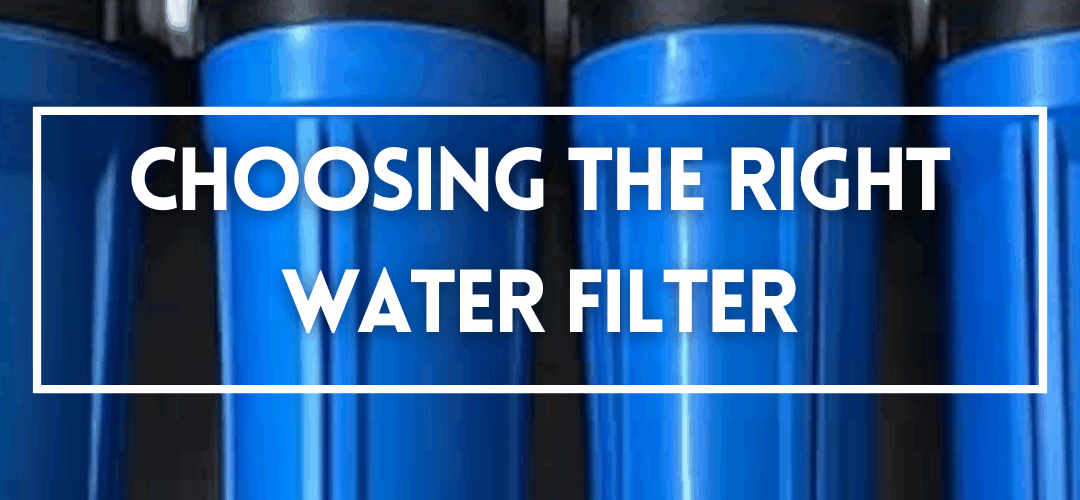Hey everyone! It’s your friendly neighborhood plumber from Canyon Plumbing Solutions here. You might think the water coming out of your taps is clean, especially if you live in the city. But trust me, having worked with water systems since 2013, we’ve learned there can be more lurking in there than meets the eye.
Choosing the right water filter for your whole house can feel like trying to solve a puzzle with way too many pieces. You’ve got carbon filters, reverse osmosis (RO) systems, sediment filters, and even those “one-stop-shop” filters that promise to do everything. So, how do you pick the best one? Let’s dive in!
Why We Aren’t a Fan Of “Do-It-All” Filters
When it comes to water filtration, we tend to shy away from those single systems that claim to remove every single bad thing. Think of it like trying to use one tool for every job around the house – sometimes it works okay, but often it doesn’t do a great job on anything specific.
Filtration is all about using the right materials to grab onto the right stuff. A filter designed to catch big chunks of dirt isn’t going to be great at removing tiny chemical particles. That’s why we prefer a team approach with different filters working together.
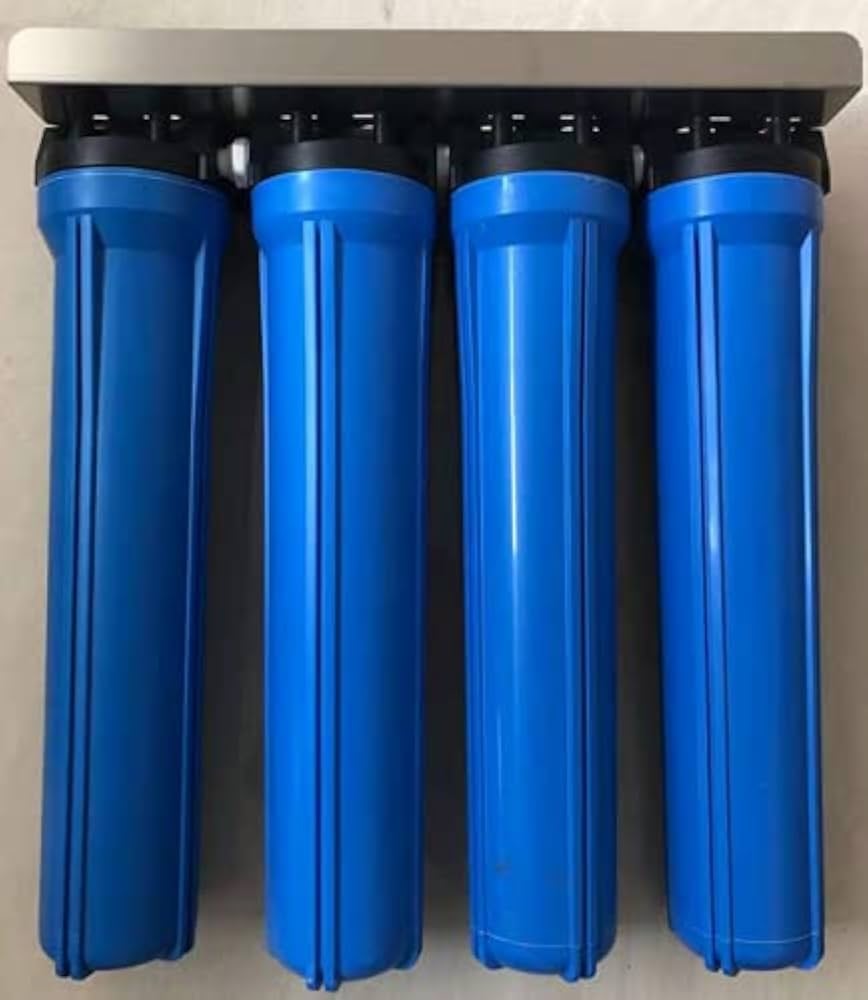
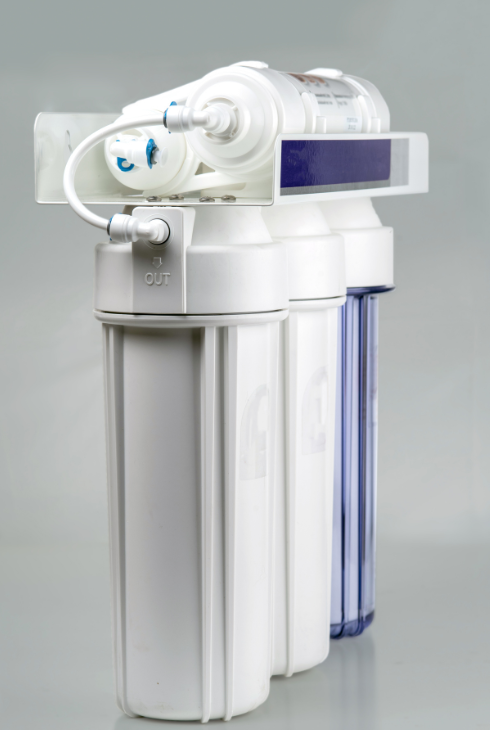
The Sneaky Problem With Chloramine
One common thing found in city water is chloramine. Cities use it to disinfect the water because it’s more stable than regular chlorine and doesn’t create as many nasty byproducts. Sounds good, right? Well, chloramine can still be a problem.
You might think that if you have an RO system under your kitchen sink for drinking water, you’re all set. And while RO systems can remove chloramine and fluoride from the water you drink, what about when you take a hot shower? When that water turns to steam, you can breathe in chloramine and other harmful stuff. Your lungs can actually absorb these things! That’s why a filter just for your drinking water isn’t always enough. You need to think about the water coming out of all your taps.
Our Go-To: A 4-Stage Filtration Powerhouse
To really make sure the water in your whole home is clean and safe, we usually recommend a 4-stage filtration system. Think of it as a superhero team fighting different kinds of water villains! Here’s how it works:
Stage 1: The Big Debris Catcher – Sediment Filter
- What it does: This filter is like the first line of defense. It grabs the bigger stuff floating in your water, like dirt, rust, and sand.
- Why it’s important: By catching these larger particles first, it stops them from clogging up the more delicate and expensive filters down the line. This helps the whole system work better and last longer.
Stage 2: Chemical Crusher – Catalytic Activated Carbon Filter
- What it does: This is where the real heavy lifting for many tricky contaminants happens. The CAC filter is specially designed to break down chloramine, get rid of pharmaceuticals, tackle those “forever chemicals” called PFOs, and even remove lead and cysts (tiny little organisms).
- How it works: The CAC material has lots of tiny pores that grab onto these contaminants. The KDF-55 material helps the CAC work even better and last longer. It also helps to remove some heavy metals.
- Why it’s important: This stage is crucial for getting rid of those chemicals and other harmful things you don’t want in your water or air.
Stage 3: Hard Water Tamer – Ion Exchange Water Softener
- What it does: This filter focuses on “hard” water issues. It removes things like calcium and magnesium, which cause scale buildup on your faucets and in your appliances. It also takes out ammonium that’s left after the CAC filter has done its job.
- How it works: This system swaps the calcium and magnesium ions (the hard water culprits) with sodium ions, making your water “soft.”
- Why it’s important: Soft water is better for your pipes, your water heater, your dishwasher – pretty much anything that uses water! Plus, when paired with the CAC filter, it can last for a really long time, sometimes even 20 years or more.
- Important Tip: If you get a water softener, make sure to replace the magnesium anode rod in your water heater with one made of aluminum and zinc. This helps prevent other potential issues.
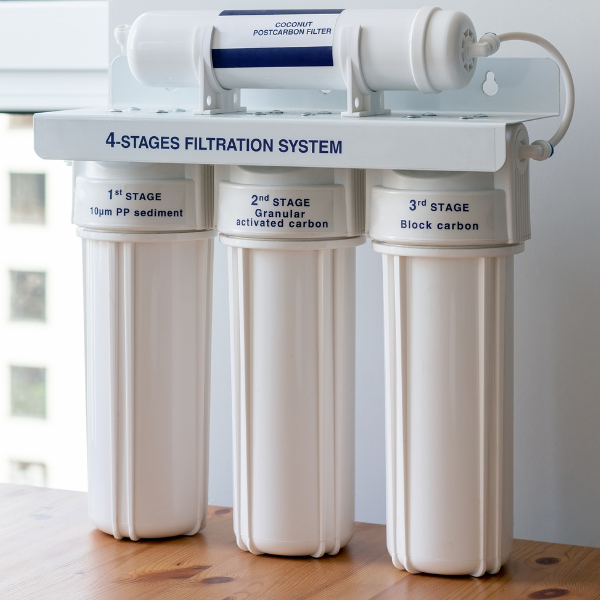
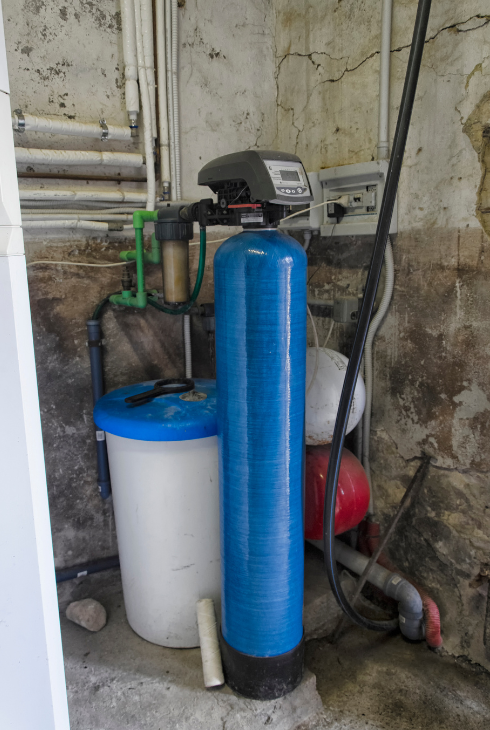

Stage 4: The Final Sweep – Final Sediment Filter
- What it does: This is like the last security guard, catching any tiny bits of carbon or resin that might have slipped through the earlier filters.
- Why it’s needed: It’s just an extra layer of protection to make sure only clean, filtered water is flowing through your home’s pipes.
A Few Extra Tips For Super Clean Water
- Think Outside: Don’t use your treated, filtered water for your lawn irrigation. Connect your sprinklers to untreated water sources to save on filtration costs.
- Outdoor Faucets: If you can, keep your outdoor hose faucets (hose bibs) separate from your treated water system. You don’t need to filter water for washing your car or watering plants.
Why Go Through All This Trouble?
Think about it – our bodies are mostly water! Doesn’t it make sense to make sure that water is as pure as possible? Clean, filtered water can help your body fight off toxins from all sorts of places – the food we eat, the air we breathe, and just the environment around us.
By putting in a good 4-stage filtration system, you’re not just getting cleaner drinking water. You’re getting safer water for showering, washing dishes, and everything else. Plus, you’re helping your plumbing and appliances last longer. It’s a win-win for your health and your home!
If you’re curious about setting up a whole-home filtration system or have any questions, don’t hesitate to give us a call at Canyon Plumbing Solutions. We’re here to help you get the cleanest water possible!
